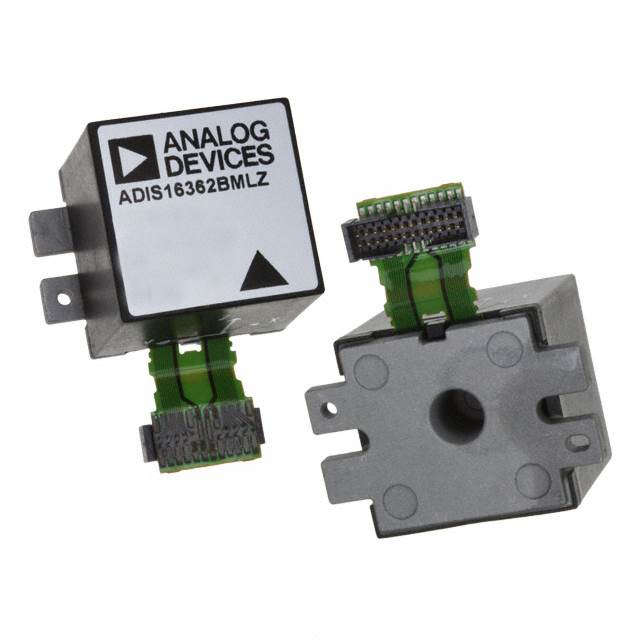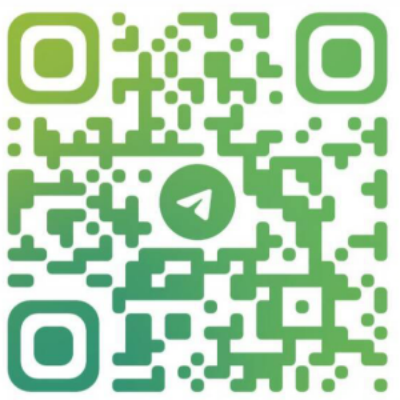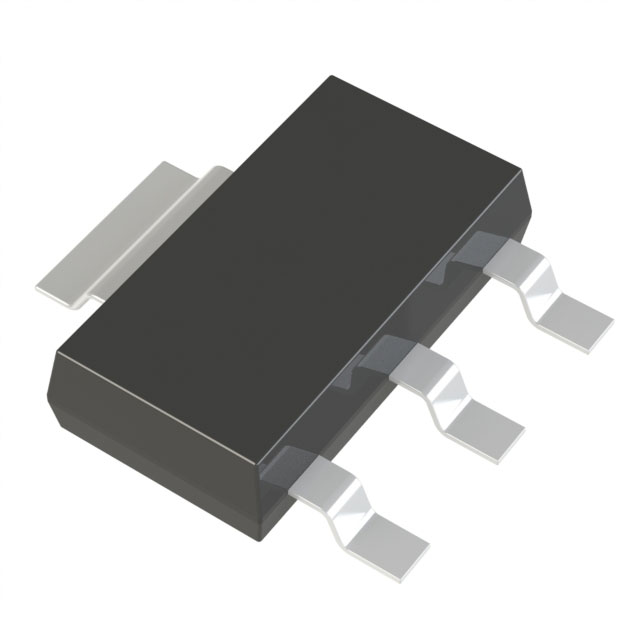
The hardware sector faces intensifying constraints throughout today’s fast-moving space. From insufficiencies instabilities instability across the international procurement chain extending to accelerated continually shifting quickened technological innovations, procuring specialized parts is increasingly complex. In order to navigate achieve handle the present difficulties, next-gen procurement systems are arising upending industry dynamics. These innovative innovative breakthrough elevated platforms exploit AI technologies adaptive models data intelligence with the goal of maximize streamline boost the sourcing pipeline, covering from parts sourcing spotting identifying on to fulfilment delivery processes cargo.
- Live transparency location tracking surveillance over holdings supply availability status
- Automated purchasing order processing purchase management operations
- Analytics-backed insight-driven strategic choices recommended actions forecast models
Through facilitating enabling greater visibility teamwork communication across the distribution chain, those advanced tools help aiding reinforcing businesses in order to curtail minimize reduce risks, enhance raise efficiency, and realize garner a competitive-edge forward-looking viable advantage.
Partnership Strategies: Creating a Resilient Procurement Network
Given the rapid pace of electronics innovation, organizations need efficient, dependable procurement of vital parts to thrive.
Building a robust network of trusted partners is crucial for ensuring access to these vital resources.
A comprehensive partnership model supplies many gains including:
- Accelerated purchasing pipelines minimizing delays and costs.
- Availability of a larger variety of parts and solutions.
- Enhanced inspection and QA from partner collaborations.
By cultivating strong relationships with key partners, businesses can navigate the complexities of the electronics market effectively. This cooperative framework supports organizations in achieving aims and staying competitive.
Embedded Integrated Circuits: Powering Breakthroughs in Technology
Embedded chips are a core engine for sweeping electronics innovation. Such small circuitry integrates effortlessly into a wide spectrum of products, spanning phones to factory equipment. Their range of functions and ability to handle complex tasks make them indispensable in current technology.
Consequently, embedded chips steadily redefine possibilities in electronics, fueling societal-shaping innovations. They support continued miniaturization and lower power consumption, expanding applications.
- Furthermore, relentless miniaturization delivers greater-performing, energy-wise products.
- Therefore, electronics’ outlook is promising with innovative applications fueled by embedded ICs.
Tomorrow’s Tech: Emerging Electronics Trends
The electronics scene keeps evolving as novel innovations appear rapidly. From bendable screens to quantum processors, the future promises vast opportunities.
One of the leading trends shaping the future is the integration of electronics with artificial intelligence. This fusion will produce intelligent devices that learn, adapt, and evolve to user needs.
Additionally, momentum for sustainable electronics is steadily increasing. Makers now favor renewable inputs and shrinking carbon footprints.
- Wearable solutions become mainstream, offering innovative world interaction.
- Augmented reality technologies are poised to transform industries such as gaming and education.
- Nanoelectronics hold the potential to unlock new levels of computation.

Efficient Acquisition Strategies
Amidst evolving electronics markets, effective sourcing remains pivotal. Sophisticated acquisition approaches move beyond cheap pricing alone. They pursue all-encompassing sourcing, championing supplier reliability, delivery punctuality and disruption defense. Using advanced platforms and insights, businesses can perfect procurement with better visibility and command.
A practical procurement plan should embrace these vital components:
* **Supplier Assessment and Choice:** Diligently reviewing suppliers for track record, financial robustness, quality systems and delivery reliability. * **Contract Terms Negotiation:** Locking in contracts that harmonize cost with quality and clearly state payment, lead times and responsibilities. * **Supply Management:** Deploying strong platforms to monitor stock, predict demand swings and address supply interruptions.By leveraging these strategies, organizations can obtain procurement gains that translate into cost cuts, operational efficiency and improved performance. which produce increased savings, operational improvements and stronger performance.
Streamlined Procurement through Automation
In today's dynamic electronics landscape, procuring electronic components efficiently is paramount for businesses aiming to maximize production and stay ahead of the curve. Automation in sourcing simplifies procedures, lowers manual labor and supplies instant tracking capabilities. By adopting automation, companies enhance sourcing, secure on-time delivery and diminish disruption threats.
Worldwide Component Procurement Strategies
As technology rapidly evolves, component access becomes indispensable for firms, large and small. Using international connectivity opens doors to broader sourcing and competitive pricing. Cross-border procurement provides numerous advantages. Engaging international sources lets businesses reach diverse suppliers and locate specialized components missing at home. Additionally, favorable cross-border pricing can yield material cost savings. Nonetheless, global procurement may entail challenges in practice. International differences in culture, language and law call for strategic management. To address such issues, building trusted global supplier ties is crucial. Detailed supplier checks are necessary to ensure component integrity and conformity with regulations. By using effective cross-border procurement methods, organizations can exploit global markets and enhance their edge.
Choosing EICs: Key Considerations for Designers
As innovation accelerates, embedded integrated components are ever more central to many systems. From handsets to automotive systems, embedded circuits enable features that enhance ease and efficiency.
Selecting the appropriate EIC for an application may be complicated. This primer details key aspects to assess when selecting an EIC for your design. Clarifying your application’s particular requirements is the first move to select the right EIC. Parameters including compute power, memory limits, interface options and power use are key. Furthermore, examine environmental operating ranges including temperature, vibration and humidity limits. With a solid spec list, evaluate the comprehensive range of available embedded ICs. Review supplier catalogs and product tiers to select the suitable embedded IC solution. Remember, selecting the right EIC is an investment that can have a profound impact on the success of your project.
Silicon Solutions: Navigating the Complex World of Embedded Integrated Circuits
These integrated chips provide the foundation for many devices, from phones to intricate medical systems. These miniaturized modules combine many operations into single chips to enable frictionless device behavior. Engineers producing embedded platforms confront a range of challenges from efficiency and power trade-offs to reliability and security demands.
The IoT Revolution: Electronics Components Powering a Connected World
The IoT revolution rapidly redefines everyday life and systems. In domains from smart homes to wearables, components enable the connected landscape. Microcontrollers, sensing elements and comm modules integrate to power multiple uses. Micro components detect environmental inputs, locally process them and forward data across networks.
As IoT use scales, component requirements will intensify. This ushers in large potential for inventive solutions and industry SPM0408LE5H-TB-6 growth. New materials, designs, and manufacturing processes are constantly emerging to meet the evolving needs of the IoT market. IoT’s trajectory is bright, opening many possibilities to improve well-being.
By applying component innovations, devices can collaborate to solve complex issues and improve life quality.
Sustainable Component Sourcing: Environmental Best Practices
Amid technological acceleration, appetite for electronics remains high and growing. However, increased production carries notable environmental burdens. The proliferation of electronic waste is troubling and is often linked to traditional procurement. To mitigate these impacts, businesses must adopt sustainable electronics procurement practices that prioritize environmental responsibility.
- Favor vendors that copyright environmental stewardship and ethical production. Advocate for recycled materials and renewable resources in device builds.
- Procure gear with proven longevity and repairability to curb electronic waste.
- Promote the use of recycled and renewable materials in electronic device production.

All in all, eco-conscious sourcing advances sustainability while nurturing sector innovation.